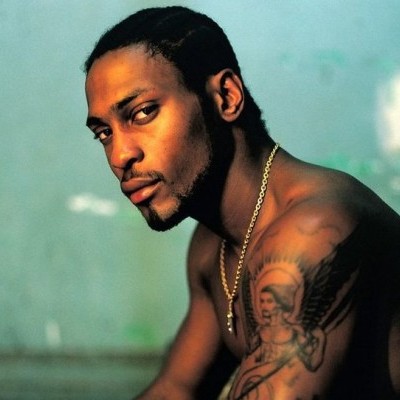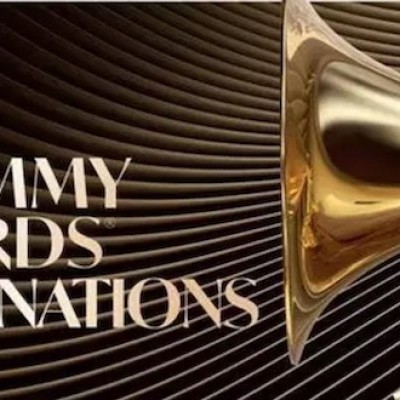Oct 28, 2025 10:47 AM
In Memoriam: Jack DeJohnette, 1942–2025
Jack DeJohnette, a bold and resourceful drummer and NEA Jazz Master who forged a unique vocabulary on the kit over his…

David Sanborn’s roots are laid deep in the blues—he played with Albert King when he was 14—and he also came up around avant-gardists in his hometown of St Louis.
(Photo: Michael Jackson)Experimentalist Anthony Braxton was a devotee of Desmond, too.
I was there when Braxton met Lee Konitz and Anthony sang Lee’s solo on “Subconscious Lee” back to him note for note. Lee was floored. People make suppositions, but musicians can sometimes surprise you as to the music they listen to.
I’m not so interested in what is or isn’t jazz. The guardians of the gate can be quite combative, but what are they protecting? Jazz has always absorbed and transformed what’s around it. It’s not like “When the cha-cha went away, music died.” Writers have a vested interest in creating conflict too, sometimes it seems as though they don’t want to like something that everybody loves, but I never cross anybody off. I mean, some young player on the internet claimed Wayne Shorter couldn’t play! They used to say that about Miles. It’s not a contest. Is Clifford Brown a better player than Miles Davis? Wayne and Miles came out of bebop but they also transcended it. Real musicians don’t have any time to spend thinking about limited categories.
Stylistically, you like to try things, on Closer (Verve 2005) you delve into a South African township vibe on “Capetown Fringe.” How did that come about?
I have a friend named Morris Goldberg, who plays the penny whistle on Paul Simon’s “You Can Call Me Al.” He was from South Africa. Morris and I talked about the essence of that subtle South African time feel, which is a little like calypso, but I never really felt I got inside it, it’s deceptively simple. I guess I’d give myself an E for Effort.
You don’t seem to have lost an iota of enthusiasm for music. It all seems to telescope back to those days playing the blues in St Louis.
We used to go hear these musicians like Little Milton and Albert King at what were known as teen towns—recreation centers, where there’d be a swimming pool, a bandstand, a dance. There’d be no alcohol but regular touring bands like the Chi-lites, Ike and Tina, Chuck Berry as well as Milton and Albert. I was about 14 and I befriended this older guy, Rick Bolden (probably himself only 16 or 17), who played piano with Albert and saw me and a pal standing by the stage hoping to sit in, these young white guys, fans of the music. Little Milton graciously allowed me to sit in and boom, I was in show business! Then I thought to myself, I get to feel like this at my job? Then I’m in! DB

Jack DeJohnette boasted a musical resume that was as long as it was fearsome.
Oct 28, 2025 10:47 AM
Jack DeJohnette, a bold and resourceful drummer and NEA Jazz Master who forged a unique vocabulary on the kit over his…

D’Angelo achieved commercial and critical success experimenting with a fusion of jazz, funk, soul, R&B and hip-hop.
Oct 14, 2025 1:47 PM
D’Angelo, a Grammy-winning R&B and neo-soul singer, guitarist and pianist who exerted a profound influence on 21st…

To see the complete list of nominations for the 2026 Grammy Awards, go to grammy.com.
Nov 11, 2025 12:35 PM
The nominations for the 2026 Grammy Awards are in, with plenty to smile about for the worlds of jazz, blues and beyond.…

Flea has returned to his first instrument — the trumpet — and assembled a dream band of jazz musicians to record a new album.
Dec 2, 2025 2:01 AM
After a nearly five-decade career as one of his generation’s defining rock bassists, Flea has returned to his first…

Drummond was cherished by generations of mainstream jazz listeners and bandleaders for his authoritative tonal presence, a defining quality of his style most apparent when he played his instrument unamplified.
Nov 4, 2025 11:39 AM
Ray Drummond, a first-call bassist who appeared on hundreds of albums as a sideman for some of the top names in jazz…





